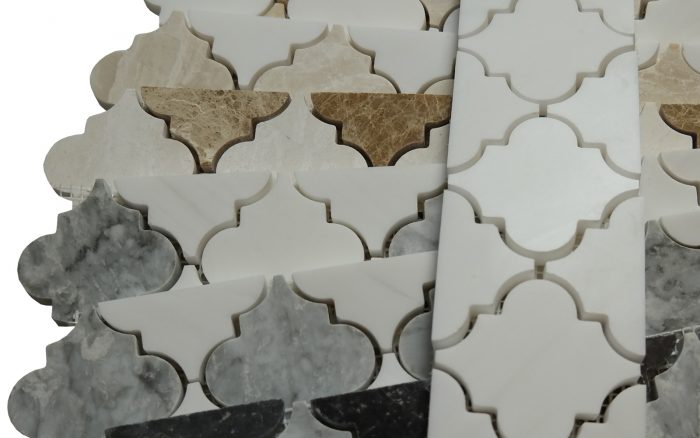Border mosaic is a stunning art form that has been around for centuries. It involves using small, colorful tiles or stones to create intricate designs along the borders of floors, walls, and other architectural features. The art of border mosaic is a time-consuming and labor-intensive process that requires great skill and patience. However, the end result is always breathtaking and can add a touch of elegance and sophistication to any space.
History of Border Mosaic
The origins of border mosaic can be traced back to ancient civilizations such as the Greeks and Romans, who used this art form to decorate their floors and walls. In fact, the word mosaic is derived from the Greek word “mousa,” which means muse or inspiration. During the medieval period, border mosaic was commonly used in churches and cathedrals to create intricate designs and patterns.
The art of border mosaic continued to evolve during the Renaissance period when artists such as Michelangelo and Raphael used this technique in their works. In the 19th century, border mosaic became popular again as part of the Arts and Crafts movement, which aimed to revive traditional artisanal techniques.
Materials Used in Border Mosaic
Traditionally, border mosaic was made using small, square tiles made of natural materials such as marble, granite, and slate. However, today, there are a variety of materials used in creating border mosaics, including glass, ceramics, and even recycled materials such as old bottles and broken dishes.
Techniques Used in Border Mosaic
Border mosaic is a complex art form that requires great skill and precision. The process of creating a border mosaic involves several stages, including design, preparation, and installation.
The first step in creating a border mosaic is to create a design. This can be done by hand, using a computer program, or by using a pre-designed template. Once the design is finalized, the tiles or stones are cut into the desired shape and size.
Next, the tiles or stones are arranged in the desired pattern, which can be a simple geometric design or a more complex image. The tiles are then fixed to a backing material using a special adhesive. Once the adhesive has dried, the mosaic is ready for installation.
Border Mosaic in Architecture
Border mosaic has been used in architecture for centuries, and its popularity continues today. It is often used in public buildings such as museums, schools, and government buildings, as well as in private homes. Border mosaics can be found in a variety of architectural features, including floors, walls, and even ceilings.
One example of border mosaic in architecture is the Hagia Sophia in Istanbul, Turkey. The Hagia Sophia is a former Christian cathedral that was later converted into a mosque and is now a museum. The cathedral’s floors are adorned with stunning border mosaics made of marble and glass that date back to the Byzantine era.
Border Mosaic in Art
Border mosaic is not only used in architecture but also in art. Many contemporary artists use this technique to create stunning works of art that range from simple geometric designs to complex images.
One artist who is known for his use of border mosaic is the French artist, Invader. Invader creates pixelated images of characters from video games and popular culture using small tiles. His works can be found on buildings and public spaces around the world, from Paris to Tokyo.
Border mosaic is a stunning art form that has a rich history and continues to evolve today. Whether used in architecture or art, border mosaic adds a touch of elegance and sophistication to any space. It requires great skill and patience to create, but the end result is always breathtaking. Whether you are looking to add a unique touch to your home or office or simply appreciate the beauty of this art form, border mosaic is definitely worth exploring further.
In addition to being visually stunning, border mosaic also has a number of practical benefits. It is a durable and long-lasting material that can withstand heavy foot traffic and is resistant to stains and spills. It is also relatively easy to maintain, requiring only regular cleaning to keep it looking its best.
If you are considering adding border mosaic to your home or office, there are a few things to keep in mind. First, it is important to choose a design that complements the overall style and décor of your space. You should also consider the size and scale of the mosaic, as well as the colors and materials used.
It is also important to work with an experienced and skilled mosaic artist or installer who can help guide you through the process and ensure that the finished product is of the highest quality. With the right design and installation, border mosaic can truly transform any space into a work of art.
In conclusion, border mosaic is a beautiful and timeless art form that has been used in architecture and art for centuries. From ancient civilizations to contemporary artists, border mosaic continues to inspire and captivate people around the world. Whether you are looking to add a touch of elegance to your home or office or simply appreciate the beauty of this art form, border mosaic is definitely worth exploring further.
